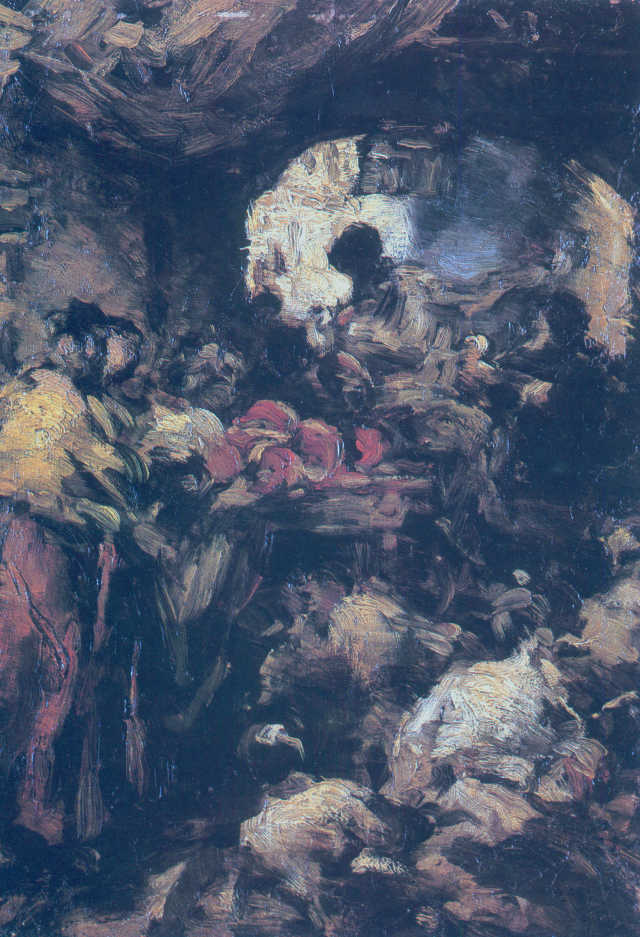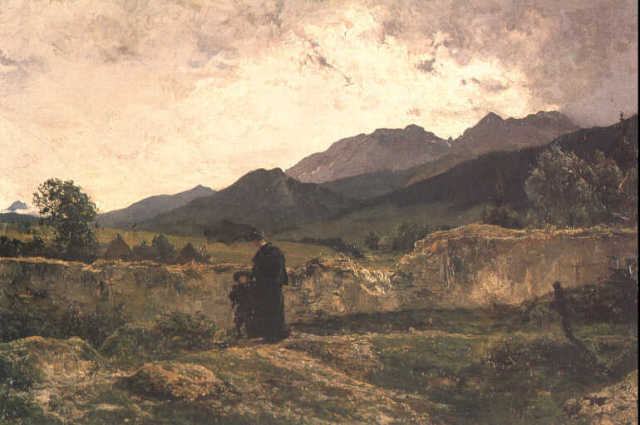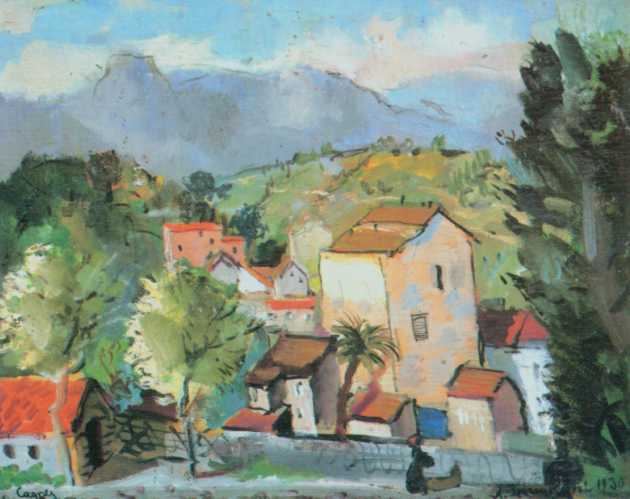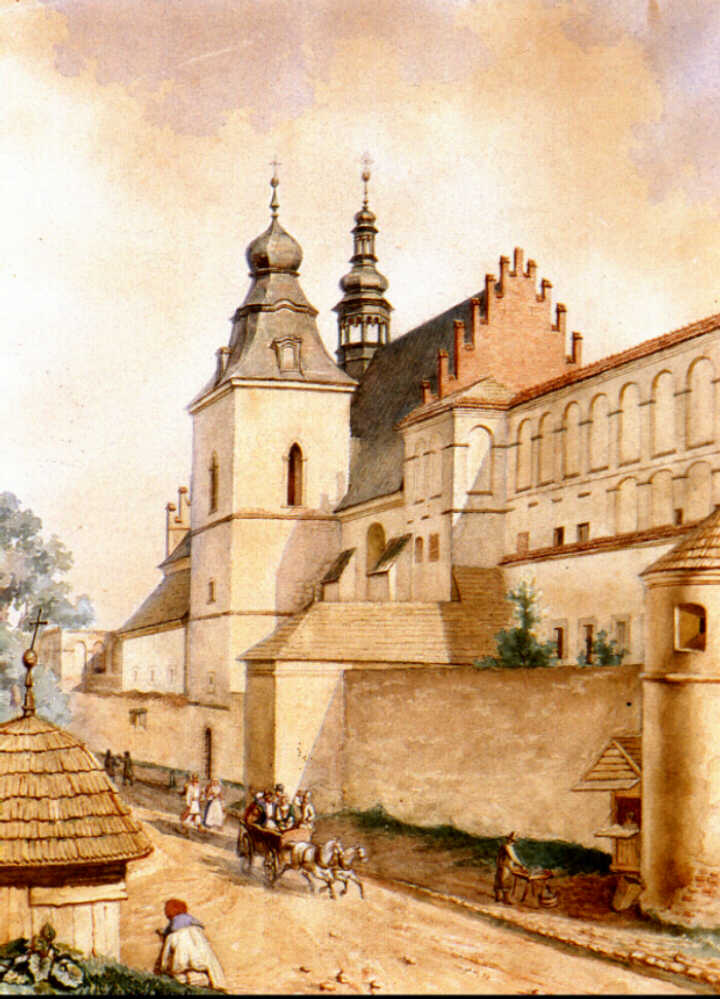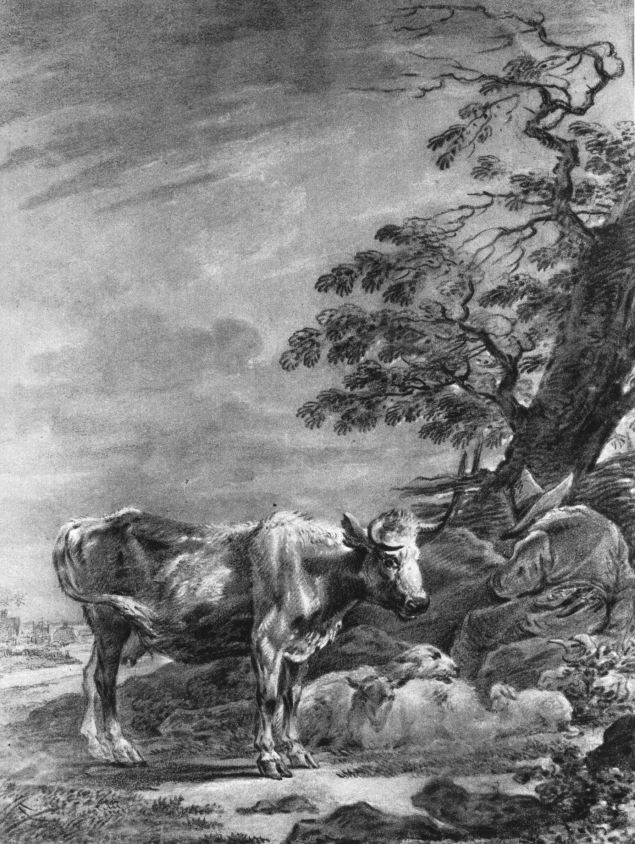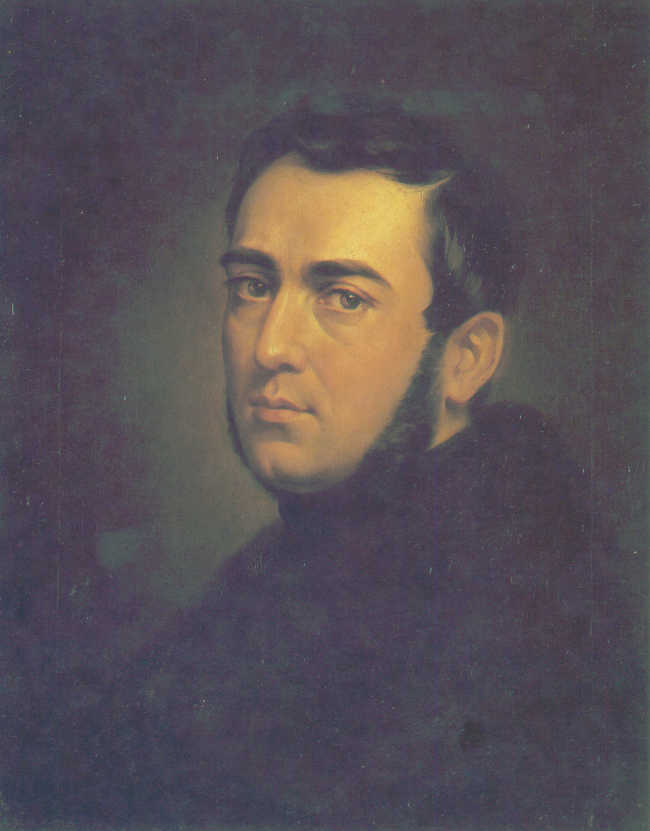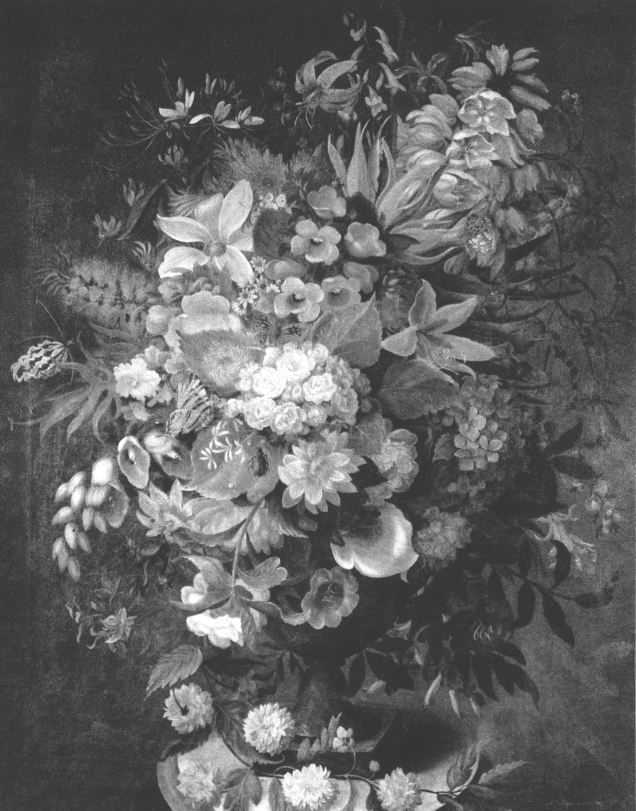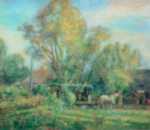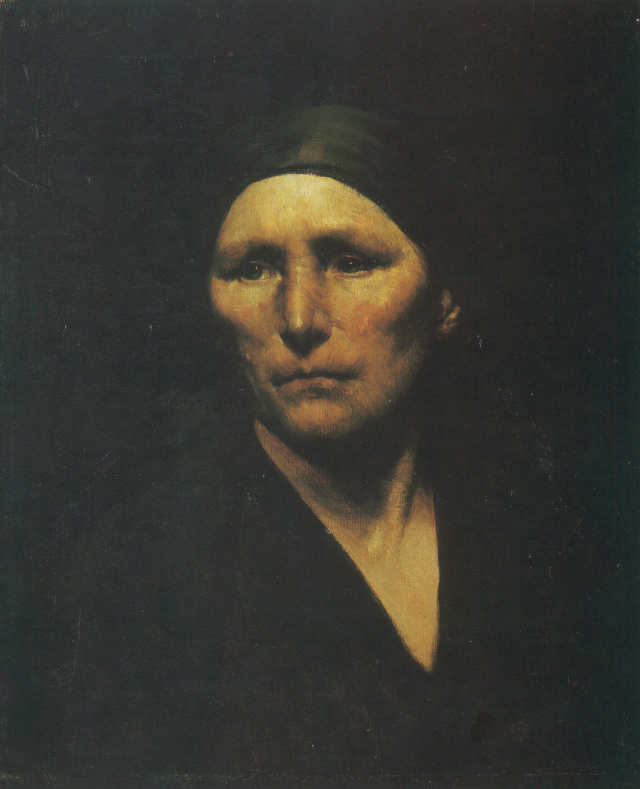Gierymski, Aleksander (born 1850 Warsaw, He died 1901 Rome).
Aleksander Gierymski (actually Ignacy Alexander), painter born. 30.01.1850, died between 6.03 a 8.03.1901 Rome, buried there at Campo Verano 10.03.1901 (according to the book of Cimitero Monumentale al. Summer). Joseph's son, commissary of military buildings and Julianna née Kielichowska, younger brother Maksymilian Gierymski. W 1867 he graduated from the 3rd Government Gymnasium in Warsaw. Early on, he showed drawing and painting skills. Influenced by the artistic atmosphere in the house, and perhaps an example of a brother, Gierymski started in 1867 several months of studies in the Drawing Class in Warsaw. W 1868 made his debut by publishing caricatures in the publishing house “Mucha”, Satirical and Humorous Sketches”. In May, he left for Munich encouraged by Maksymilian, who was staying there. He studied at the Munich academy in 1868-1869. U G. Hiltenspergera, A. Strahuber and H. Anschutza, and then after a break from 1870 or 1871 do 1872 u C. Pilotyego. After a short period of interest in contemporary German painting, he quickly became fascinated with old painting, which decisively influenced the direction of his later artistic explorations. In the summer 1870 Gierymski visited Warsaw with Maksymilian. In May 1871 both brothers made a short trip to Italy (Venice, Werona). Direct contact with the painting of Venetian colorists deepened Gierymski's previous interests and influenced the development of his further work.
W 1872 Gierymski graduated from the Munich Academy, receiving an award for the best composition on a given topic from a work by Shakespeare Venetian merchant, with the obligation to paint a large picture from it.
Due to Maksymilian Gierymski's illness, he accompanied him from March to September 1873 in health resorts: Merano and Bad Reichenhall, with short breaks for trips to Verona, Munich and Warsaw. After a break of several months, mainly caused by stays in Bad Reichenhall and Warsaw (in connection with the death of Maksymilian), gryymski intended to settle in Naples, but already in December 1874 moved to Rome. In the same year he joined the Deutsche Kunsler-Verein in Rome. The first months 1875 r. spent in Warsaw (issued at that time in the TZSO Roman Austeria i I play mora sparked a great deal of criticism); this stay was of special importance, both to consolidate Gierymski's position in the Warsaw arts, as well as for his personal life (short-term acquaintance with H.. Modrzejewska). It was then that he probably became acquainted with H.. Sienkiewicz and renewed contacts with Stanisław Witkiewicz, whom he met in Munich. Halfway back to Rome 1875 Gierymski undertook an outdoor study of light and color for the painting Bower. In April 1879 r., after a short stay in Krakow, Gierymski returned to Warsaw, where he stayed until 1884; There, he took up genre topics related to the city and its scenery and the exoticism of the Jewish ghetto. The series of paintings depicting a Jewish woman selling fruit was particularly characteristic of this period (Jewess selling oranges, Jewish woman selling lemons), and Gate in the Old Town in Warsaw and compositions from the banks of the Vistula.
W 1884 r. Gierymski became involved with the emerging group “Wanderer”, then tightening friendly contacts with S.. Witkiewicz and A.. Sygietyński. In the years spent 1884 Gierymski left Warsaw for treatment in Vienna, where he probably stayed until April 1885 r., including a short trip to the North Sea. His seascapes come from this period: Fishing boat on the seashore; A boat on the seashore, Towing fishing boats in Heist am See)
W 1888 Gierymski went back to Munich where he stayed until 1890; from there he left for outdoor studies in Scheissheim, Kufstein, Rattenberg and other Tyrolean towns. From then on, close contacts with Ignacy Korwin-Milewski took place, its main recipient and patron. In October 1890 r. Gierymski went to Paris for the first time, where he stayed to 1893. His direct contact with the painting of the French Impressionists was not without significance for his further studies of light and color.. In Paris, he worked mainly for Korwin-Milewski; he maintained close contacts with Bruno Abdank-Abakanowicz, using his help many times. At that time, the Parisian nocturnes were created, and most of all: Paris Opera at night, View of Lyon.
Probably in the second half 1893 r. Gierymski came to Krakow, perhaps due to H.. Rodakowski, who probably put forward a proposal for Gierymski to take over the faculty of painting in the Krakow SSP. He stayed in Krakow until half 1894. At the end of July 1894 Gierymski returned to Munich, where he stayed halfway 1897. In the fall 1897 Gierymski returned to Italy and after short stays in Venice, Palermo and Amalfi returned to Rome. Perhaps a group of undated marine paintings comes from this period: Fishermen on the seashore, Sea view, Fishing port, Sea coast, Sea.
From October 1898 r. until June 1899 and in the summer 1900 r. Gierymski was again in Paris, where he went, among others. to see the World Exhibition and where he was particularly impressed by repeated contact with the painting of the French Impressionists. Sudden death B.. Abdank-Abakanowicz was accelerated by the artist's departure from Paris to Italy. After a few months in Verona, finally 1900 r. Gierymski returned to Rome. Pictures are associated with Verona: Portal of the Verona Cathedral, Can Grande tomb in Verona, Sunset in Verona.
Gierymski spent the last months of his life in Rome, where the already sick artist was looked after by the sculptor A.. Madeyski. Gierymski died in Manicomio in a psychiatric hospital in via Lungara in Rome. His death was widely reported in the national press, and almost immediately the initiative was launched to organize a posthumous exhibition in Warsaw; the paintings left by Gierymski went to his nephews: Maria and Stanisław Kuczborski.
Aleksander Gierymski (actually Ignacy Alexander), painter born. 30.01.1850, died between 6.03 a 8.03.1901 Rome, buried there at Campo Verano 10.03.1901 (according to the book of Cimitero Monumentale al. Summer). Joseph's son, commissary of military buildings and Julianna née Kielichowska, younger brother Maksymilian Gierymski. W 1867 he graduated from the 3rd Government Gymnasium in Warsaw. Early on, he showed drawing and painting skills. Influenced by the artistic atmosphere in the house, and perhaps an example of a brother, Gierymski started in 1867 several months of studies in the Drawing Class in Warsaw. W 1868 made his debut by publishing caricatures in the publishing house “Mucha”, Satirical and Humorous Sketches”. In May, he left for Munich encouraged by Maksymilian, who was staying there. He studied at the Munich academy in 1868-1869. U G. Hiltenspergera, A. Strahuber and H. Anschutza, and then after a break from 1870 or 1871 do 1872 u C. Pilotyego. After a short period of interest in contemporary German painting, he quickly became fascinated with old painting, which decisively influenced the direction of his later artistic explorations. In the summer 1870 Gierymski visited Warsaw with Maksymilian. In May 1871 both brothers made a short trip to Italy (Venice, Werona). Direct contact with the painting of Venetian colorists deepened Gierymski's previous interests and influenced the development of his further work.
W 1872 Gierymski graduated from the Munich Academy, receiving an award for the best composition on a given topic from a work by Shakespeare Venetian merchant, with the obligation to paint a large picture from it.
Due to Maksymilian Gierymski's illness, he accompanied him from March to September 1873 in health resorts: Merano and Bad Reichenhall, with short breaks for trips to Verona, Munich and Warsaw. After a break of several months, mainly caused by stays in Bad Reichenhall and Warsaw (in connection with the death of Maksymilian), gryymski intended to settle in Naples, but already in December 1874 moved to Rome. In the same year he joined the Deutsche Kunsler-Verein in Rome. The first months 1875 r. spent in Warsaw (issued at that time in the TZSO Roman Austeria i I play mora sparked a great deal of criticism); this stay was of special importance, both to consolidate Gierymski's position in the Warsaw arts, as well as for his personal life (short-term acquaintance with H.. Modrzejewska). It was then that he probably became acquainted with H.. Sienkiewicz and renewed contacts with Stanisław Witkiewicz, whom he met in Munich. Halfway back to Rome 1875 Gierymski undertook an outdoor study of light and color for the painting Bower. In April 1879 r., after a short stay in Krakow, Gierymski returned to Warsaw, where he stayed until 1884; There, he took up genre topics related to the city and its scenery and the exoticism of the Jewish ghetto. The series of paintings depicting a Jewish woman selling fruit was particularly characteristic of this period (Jewess selling oranges, Jewish woman selling lemons), and Gate in the Old Town in Warsaw and compositions from the banks of the Vistula.
W 1884 r. Gierymski became involved with the emerging group “Wanderer”, then tightening friendly contacts with S.. Witkiewicz and A.. Sygietyński. In the years spent 1884 Gierymski left Warsaw for treatment in Vienna, where he probably stayed until April 1885 r., including a short trip to the North Sea. His seascapes come from this period: Fishing boat on the seashore; A boat on the seashore, Towing fishing boats in Heist am See)
W 1888 Gierymski went back to Munich where he stayed until 1890; from there he left for outdoor studies in Scheissheim, Kufstein, Rattenberg and other Tyrolean towns. From then on, close contacts with Ignacy Korwin-Milewski took place, its main recipient and patron. In October 1890 r. Gierymski went to Paris for the first time, where he stayed to 1893. His direct contact with the painting of the French Impressionists was not without significance for his further studies of light and color.. In Paris, he worked mainly for Korwin-Milewski; he maintained close contacts with Bruno Abdank-Abakanowicz, using his help many times. At that time, the Parisian nocturnes were created, and most of all: Paris Opera at night, View of Lyon.
Probably in the second half 1893 r. Gierymski came to Krakow, perhaps due to H.. Rodakowski, who probably put forward a proposal for Gierymski to take over the faculty of painting in the Krakow SSP. He stayed in Krakow until half 1894. At the end of July 1894 Gierymski returned to Munich, where he stayed halfway 1897. In the fall 1897 Gierymski returned to Italy and after short stays in Venice, Palermo and Amalfi returned to Rome. Perhaps a group of undated marine paintings comes from this period: Fishermen on the seashore, Sea view, Fishing port, Sea coast, Sea.
From October 1898 r. until June 1899 and in the summer 1900 r. Gierymski was again in Paris, where he went, among others. to see the World Exhibition and where he was particularly impressed by repeated contact with the painting of the French Impressionists. Sudden death B.. Abdank-Abakanowicz was accelerated by the artist's departure from Paris to Italy. After a few months in Verona, finally 1900 r. Gierymski returned to Rome. Pictures are associated with Verona: Portal of the Verona Cathedral, Can Grande tomb in Verona, Sunset in Verona.
Gierymski spent the last months of his life in Rome, where the already sick artist was looked after by the sculptor A.. Madeyski. Gierymski died in Manicomio in a psychiatric hospital in via Lungara in Rome. His death was widely reported in the national press, and almost immediately the initiative was launched to organize a posthumous exhibition in Warsaw; the paintings left by Gierymski went to his nephews: Maria and Stanisław Kuczborski.
Jewess with lemons, 1881
Upper Silesian Museum in Bytom;
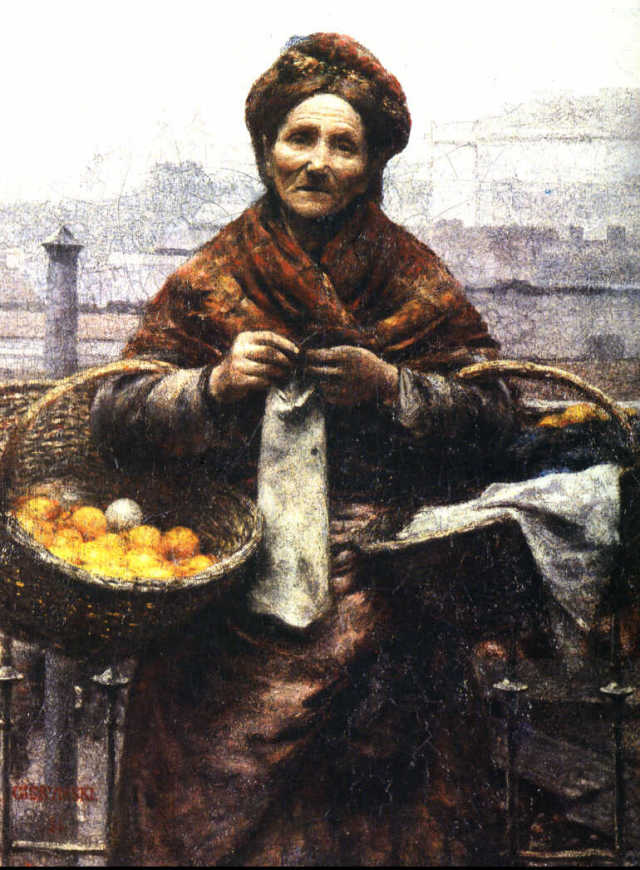
Upper Silesian Museum in Bytom;

In the gazebo, 1882
National Museum in Warsaw;
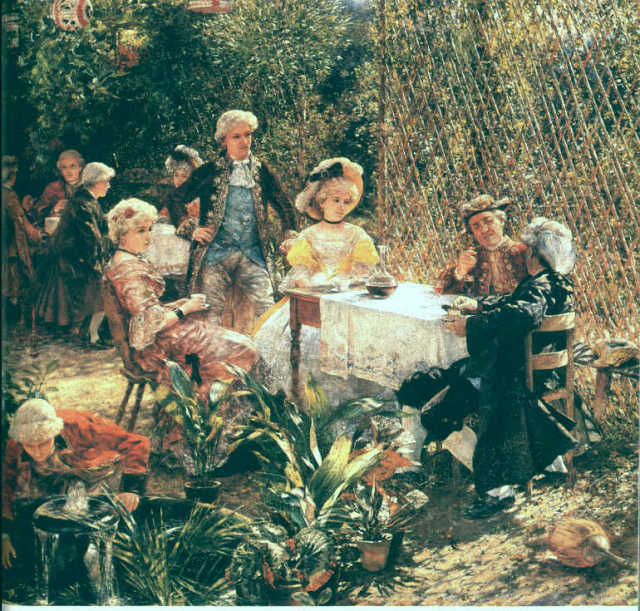
National Museum in Warsaw;

Peasant coffin, 1894-95
signed k.d.: A. Gierymski;
National Museum in Warsaw;
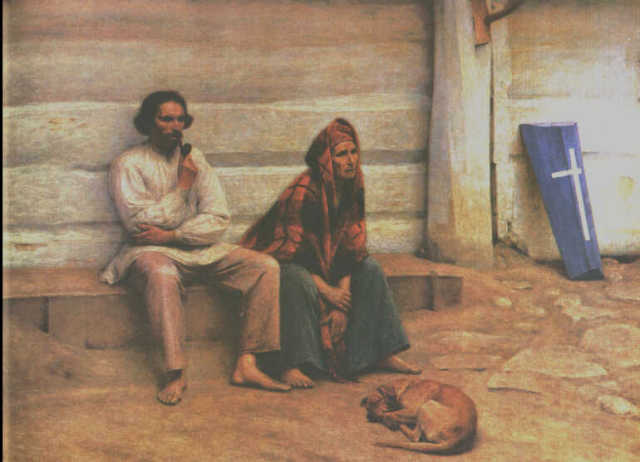
signed k.d.: A. Gierymski;
National Museum in Warsaw;

The road in Bronowice, ok. 1895
National Museum in Krakow;
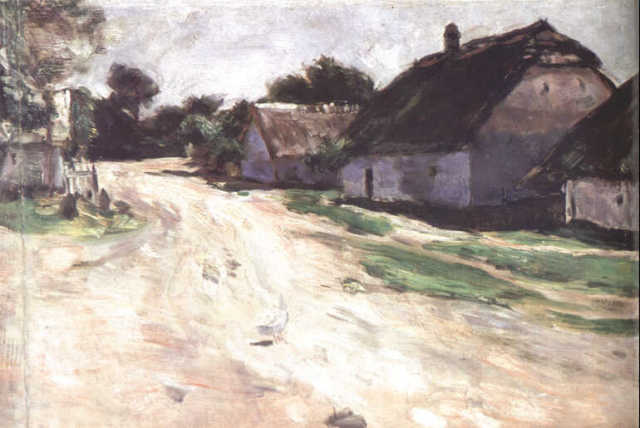
National Museum in Krakow;

Street at night, ok. 1890
oil, canvas, 73,5 x 48 cm;
Lviv Picture Gallery;
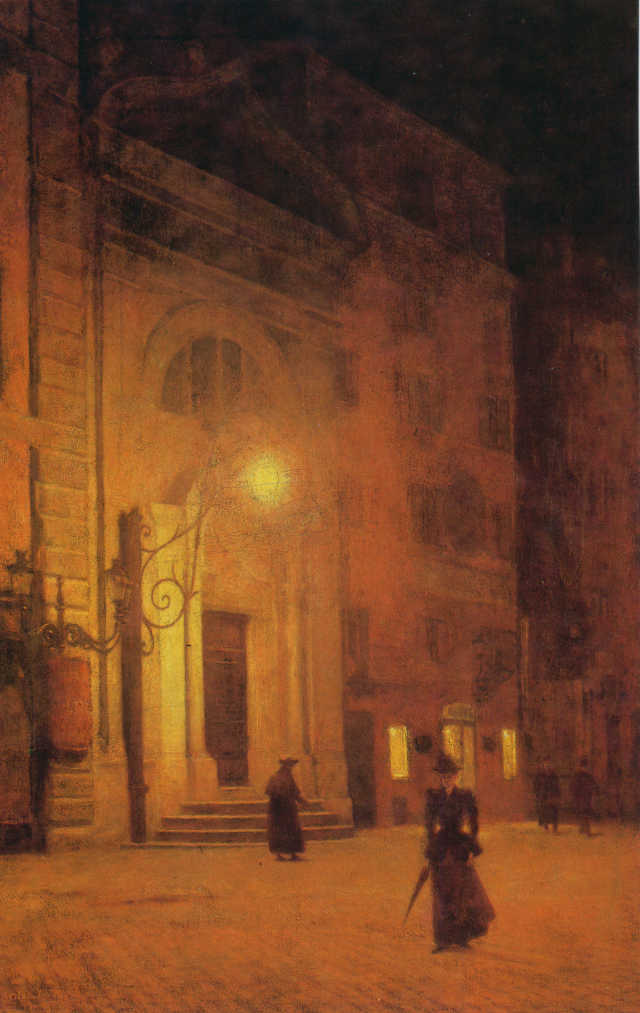
oil, canvas, 73,5 x 48 cm;
Lviv Picture Gallery;

Sketch artwork
oil, plate, 42 x 29,3 cm;
Lviv Picture Gallery;
oil, plate, 42 x 29,3 cm;
Lviv Picture Gallery;
